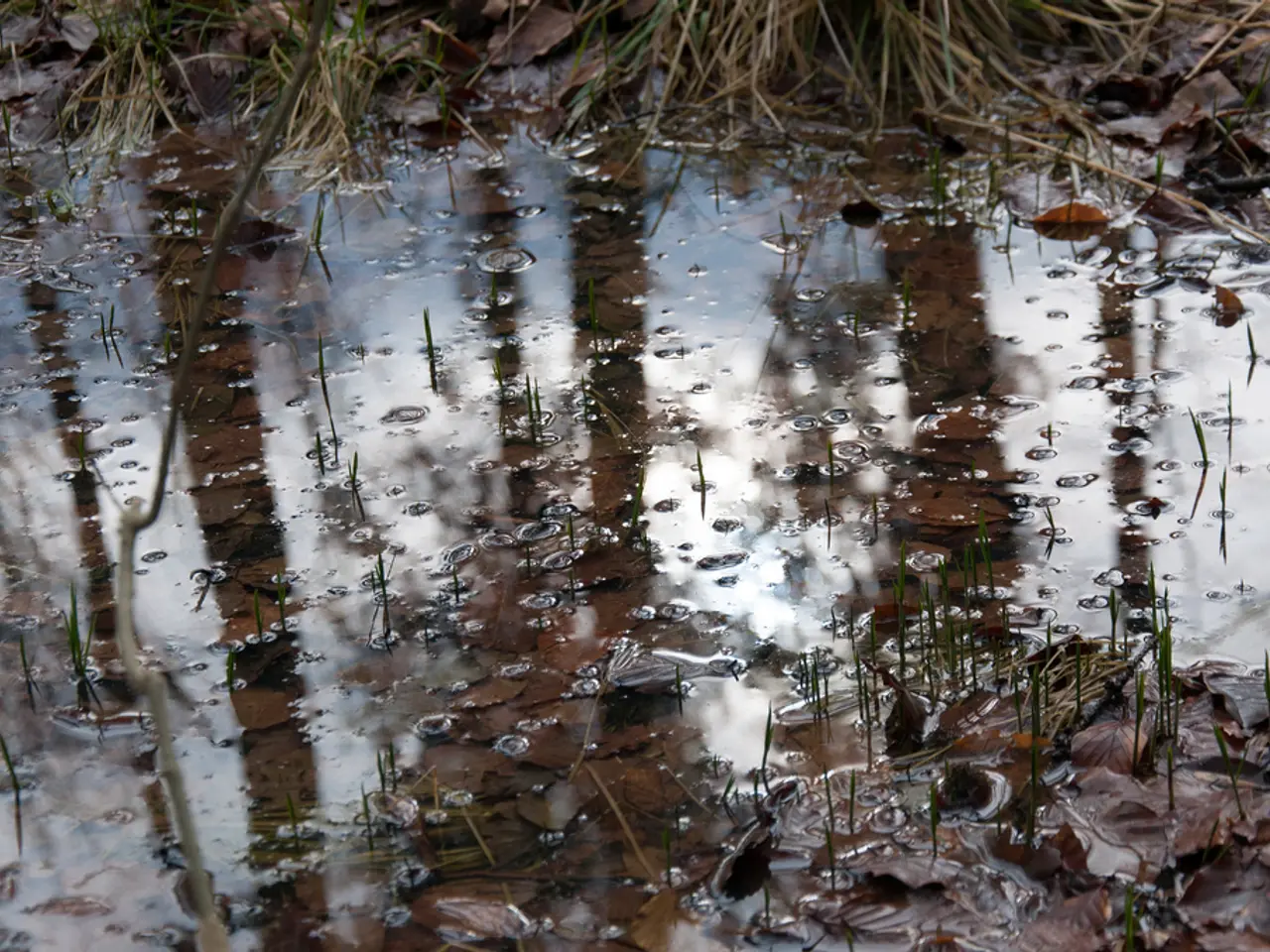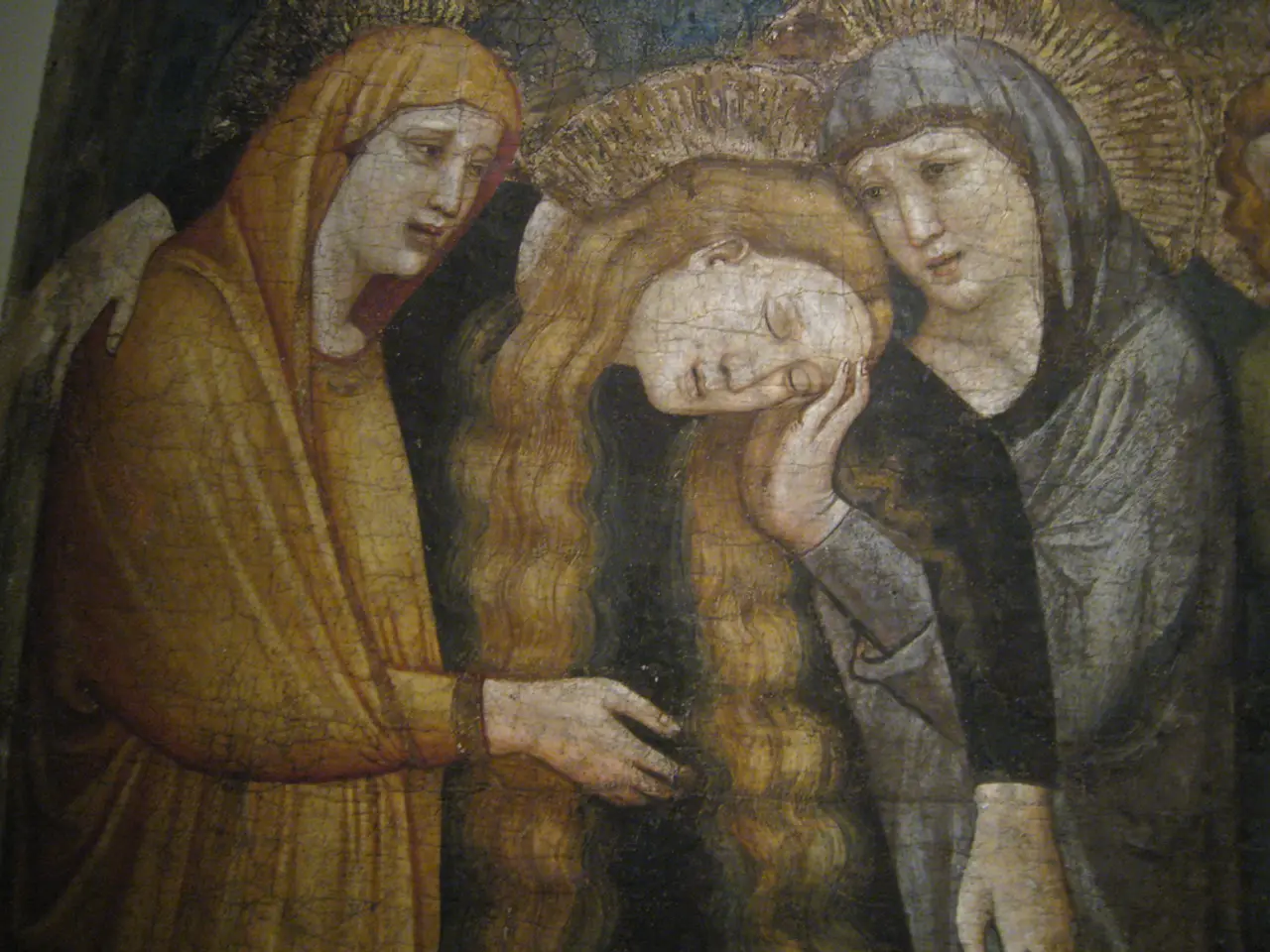Three potential reasons for your hydrangea leaves turning brown and remedies to promptly fix them:
Brown leaves on hydrangeas are a common issue for many gardeners, but understanding the causes can help prevent and fix the problem effectively. Here are the primary causes of brown leaves on hydrangeas and how to address them:
**Causes of Brown Leaves on Hydrangeas**
1. **Water Stress (Too Little or Too Much Water)** Hydrangeas have shallow roots, making them prone to drying out if not watered adequately. Brown edges on leaves indicate the plant is not getting enough water, especially in hotter climates or if the plant is in full sun. Conversely, overwatering or poorly draining soil can damage roots and cause browning and leaf scorch symptoms.
2. **Leaf Scorch from Excessive Sunlight or Heat** Hydrangeas generally prefer partial shade, especially in the hottest part of the day. Exposure to strong sunlight, reflected light, high temperatures, dry winds, or a combination can cause the leaves to dry out and turn brown around the edges. Leaf scorch may also result from root or stem damage caused by compacted soil, injury, or overfertilization.
3. **Fungal Diseases** Fungal infections such as black spot thrive in warm, wet conditions and cause brown or black spots on leaves, which can expand and lead to widespread browning. Fungal diseases weaken the plant and reduce its vigor if not treated promptly.
**How to Prevent and Fix Brown Leaves on Hydrangeas**
- **Watering:** Ensure consistent watering that keeps soil moist but well-drained. Hydrangeas need more water in hot, sunny locations. Water deeply and regularly, especially during dry spells.
- **Sunlight Management:** Plant hydrangeas in locations with morning sun and afternoon shade. If your hydrangea prefers partial shade and is suffering in full sun, consider transplanting it to a shadier spot in cooler weather. For sunny gardens, choose sun-tolerant varieties like panicle hydrangeas that handle full sun better.
- **Protect Against Heat and Wind:** Mulch around the plant to keep roots cool and moist, and provide windbreaks if possible to reduce drying conditions.
- **Fungal Disease Control:** Watch for signs of fungal diseases like black spot. Remove and dispose of affected leaves to prevent spread. Use fungicidal sprays as recommended for hydrangeas if fungal infections persist.
- **Avoid Overfertilization:** Excess fertilizer can stress roots and contribute to leaf scorch, so follow fertilizer guidelines carefully.
- **Inspect for Damage:** Avoid root or stem injury by not compacting soil and being cautious when working around the plant.
By addressing watering needs appropriately, managing light exposure, and monitoring for fungal diseases, you can keep your hydrangea leaves green and healthy and prevent or fix browning issues.
In severe cases of fungal disease, a fungicide may be used. Planting trees nearby or using a parasol can provide natural or artificial shade for hydrangeas. Hydrangeas are popular cottage garden plants known for their showy, spherical and cone-shaped florals.
Leaf scorch is another common cause of hydrangea leaves turning brown, usually appearing as brown patches on foliage. Hydrangea leaves turning brown is a common issue experienced by growers, and it's important to prune away brown leaves following the one-third pruning rule to prevent added stress to the shrub.
Hydrangeas are not drought-tolerant and letting them dry out entirely can lead to dehydration and browning leaves. A direct sun spot is not suitable for planting hydrangeas as it can be too intense on their foliage and cause sunburn. To maintain a consistent moisture level for hydrangeas, use a soil moisture meter to identify when the top couple of inches of soil are dry and give the plant a deep watering. Fungal diseases often occur from a build-up of moisture, excess humidity, or wet foliage.
- Maintaining a home-and-garden lifestyle that prioritizes watering needs appropriately and providing partial shade for hydrangeas can help prevent brown leaves on these plants.
- Gardening enthusiasts interested in enjoying a vibrant lifestyle and growing healthy hydrangeas should be mindful of fungal diseases, which thrive in warm, wet conditions and can cause brown spots on leaves.




